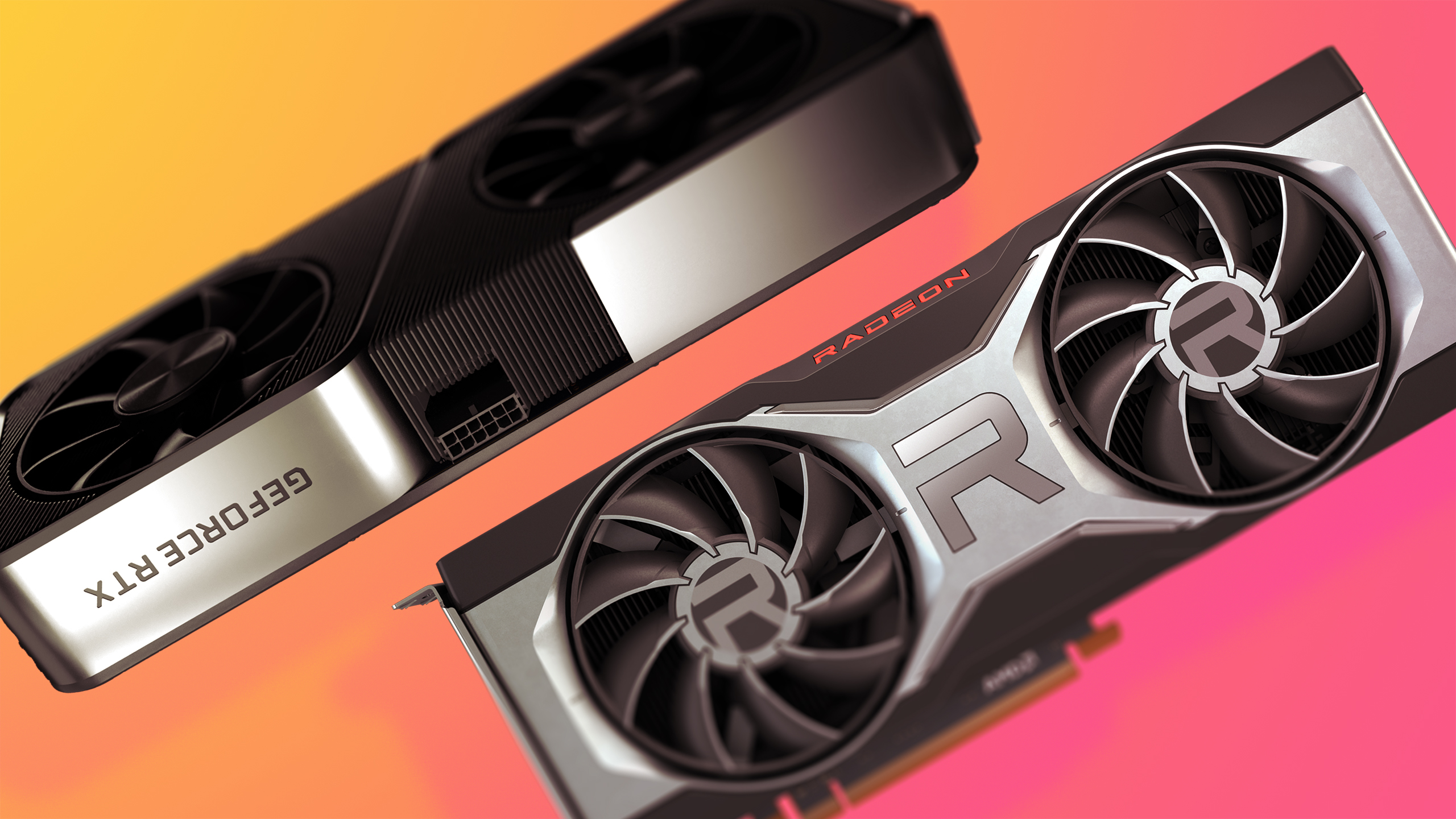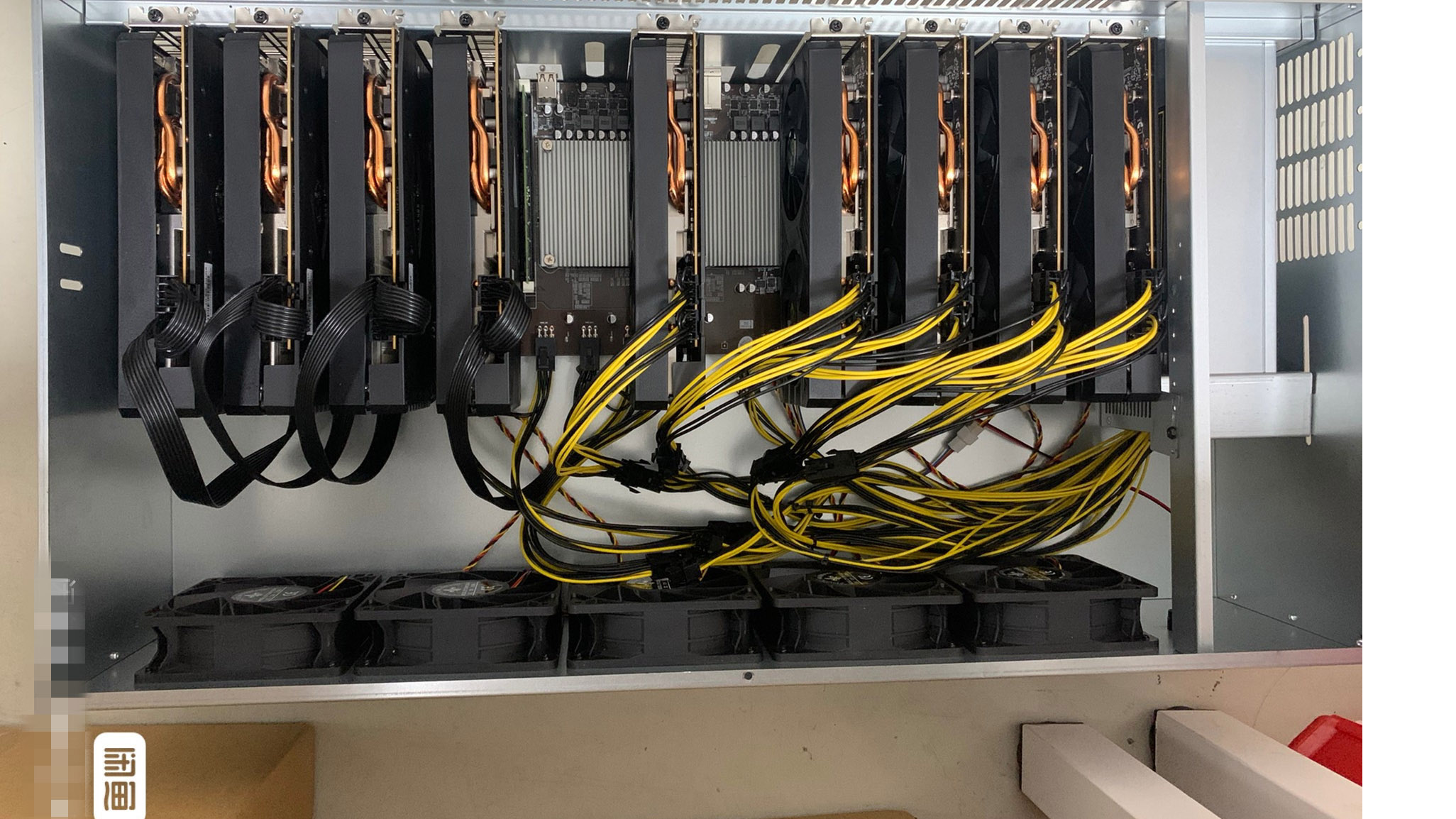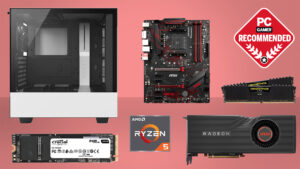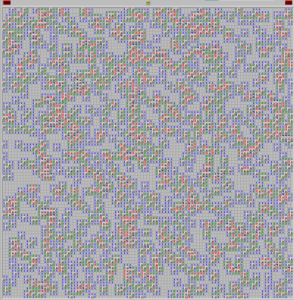GPU mining developed into a big business. It forced gamers and miners to compete with each other for limited supply, therefore driving up the price. Nvidia deserves credit for developing its low hash rate cards (LHR) which has held up over time and it did help with supply. Curiously though, Nvidia’s mobile GPUs don’t come with hash rate limiters. With that in mind, a Chinese manufacturer has apparently taken RTX 3060 mobile GPUs and repurposed them into desktop cards aimed at miners.
News of the cards came via Tom’s Hardware and cnBeta where a Weibo user posted about the cards for sale on Gofish, which is a Chinese platform for selling second-hand items. It's these cards that reportedly contain GeForce RTX 3060 Mobile GPU that bypass Nvidia's Ethereum anti-mining limiter.
We've written extensively about the impact of mining on GPU availability and pricing. Cards like the desktop RTX 3060 don’t produce the highest hash rates, but they do well in efficiency terms, in hashes per watt. In real terms that is the true measure of whether a GPU makes for a good miner or not.
The problem for miners—and the benefit of gamers—is that currently available RTX 3060s are all LHR versions. Some early RTX 3060s could be unlocked, but they are almost certainly not available anywhere anymore, except maybe some special, under-the-counter locales.
But, since the mobile RTX 3060 uses the same GA106 GPU, but can mine at full performance, it really does make some sense to use the unlocked silicon in a desktop form factor. They’re better at mining, but don’t really do anything new for gamers.

How to buy a graphics card: Tips on buying a graphics card in the barren silicon landscape that is 2022
While the desktop and mobile RTX 3060s both use the same GA106 GPU, they are configured differently. The desktop chip contains 3584 shaders and uses 12GB of memory, whereas the mobile version contains 3840 shaders with just 6GB of memory attached. That 6GB isn’t a limitation for miners (yet) and its much lower TDP is advantageous. Plus, there's the fact that its memory bandwidth isn't much lower than the desktop RTX 3060 (336 GB/s vs. 360 GB/s). These two characteristics make it a desirable mining GPU when compared to the desktop one.
The seller of the cards demonstrated the hashing performance of the 3060M cards. They are shown to hit 50 MH/s compared to the 34 MH/s of a desktop LHR 3060. That’s the kind of number that makes us wonder why another manufacturer hasn't done this earlier. It should be a relatively simple matter of updating the 3060's BIOS to accommodate a 3060M. Though it’s probably easier said than done.

The use of such cards is certainly more cost effective than buying up pallets of gaming laptops and it should leave more standard RTX 3060s for gamers to buy. As we speak though, it seems as though stories like this will lose relevance, as signs continue to point towards the end of the supply crunch, or mining demand, or both. We may even be looking at a return to parity in a few months. Though that may still just be wishful thinking.
As time goes on and the move of Ethereum to its new proof of stake consensus mechanism draws closer, the hope is that GPU mining will die as a result. There aren't coins that deliver anywhere near as much mining profit as Ethereum does. So for now, the signs are looking good that the majority of graphics cards will once again end up in the hands of gamers and not those of miners.
Until the next GPU mining resurgeance, I guess.
- "
- About
- All
- AMD
- Another
- available
- bandwidth
- business
- buy
- Buying
- Cards
- chinese
- chip
- closer
- Coins
- Consensus
- continue
- could
- credit
- Demand
- developed
- developing
- DID
- driving
- Early
- Effective
- efficiency
- ethereum
- form
- full
- future
- Gamers
- Gaming
- good
- GPU
- graphics
- hash
- hash rate
- hashing
- HTTPS
- i
- image
- Impact
- IT
- Limited
- Majority
- Manufacturer
- May
- measure
- mine
- miner
- Miners
- Mining
- Mobile
- mobile version
- more
- move
- Near
- nvidia
- Other
- performance
- platform
- Plus
- price
- pricing
- Produce
- Profit
- proof
- Rates
- RX
- s
- Said
- sale
- sense
- Signs
- Simple
- So
- stake
- Stories
- supply
- system
- The
- Thinking
- time
- tips
- us
- version
- XT











